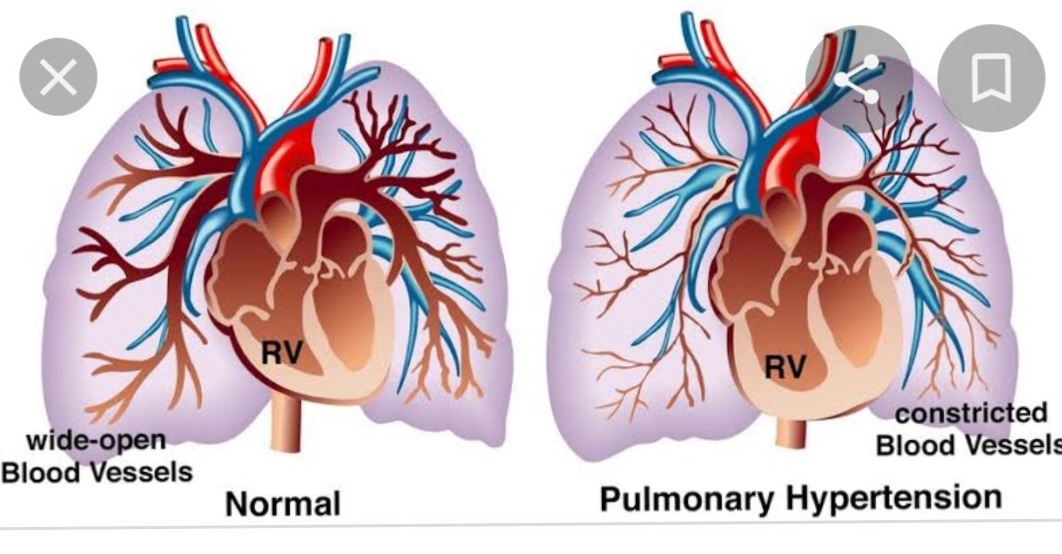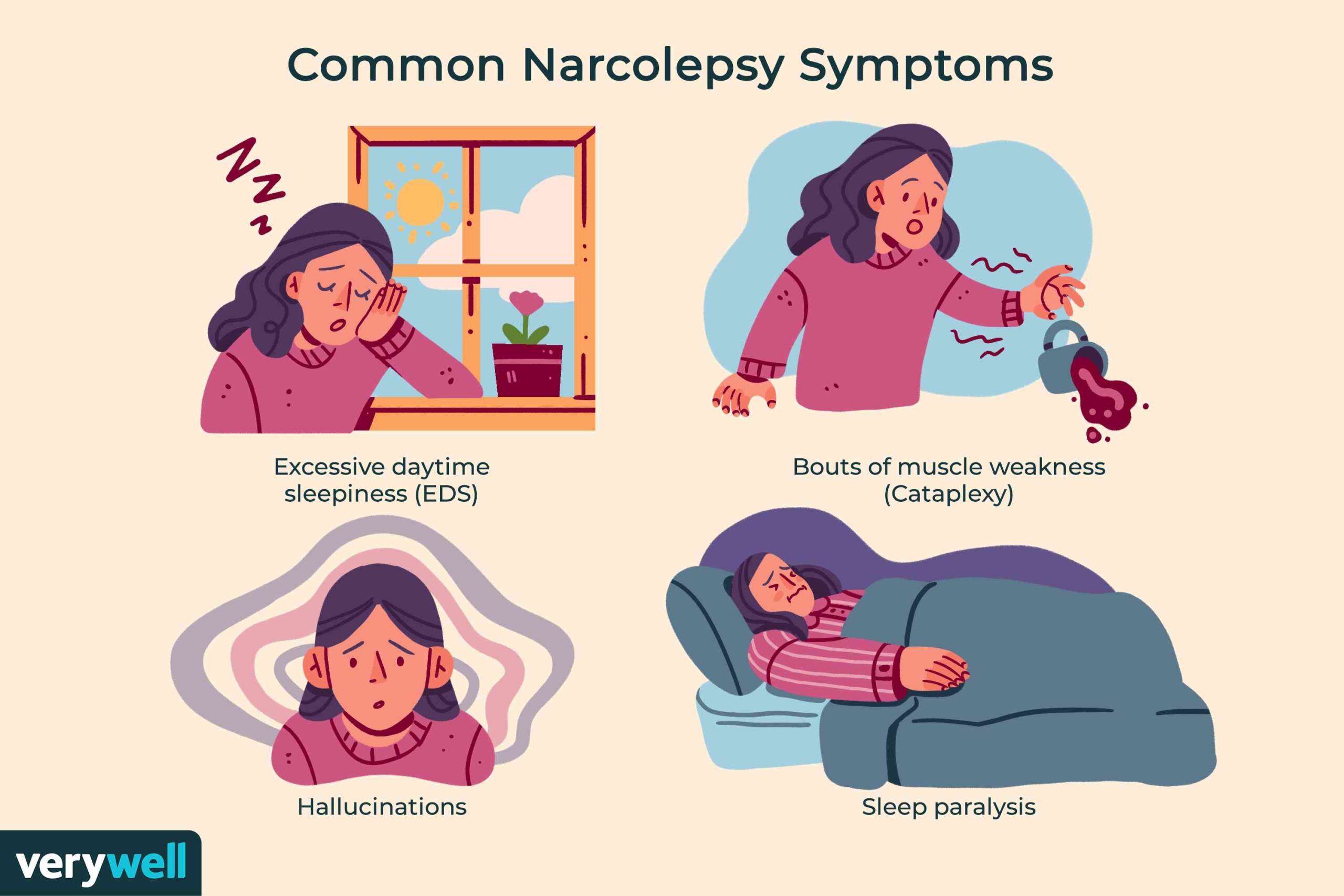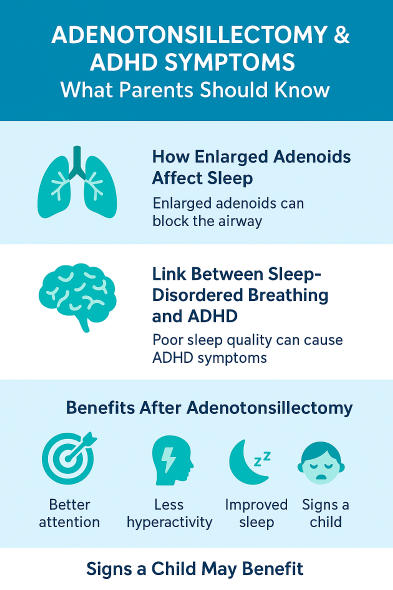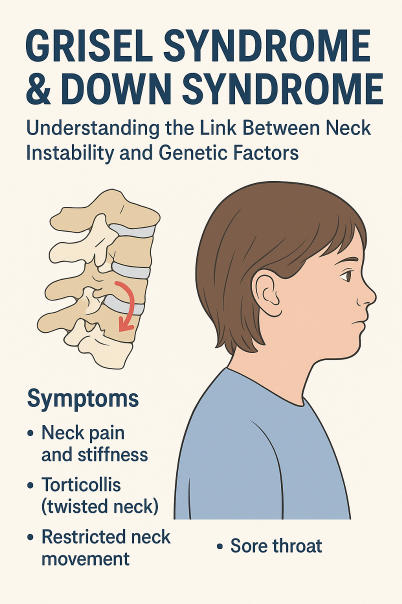Early signs of diabetic retinopathy-various aspects-
Diabetic retinopathy frequently lacks early symptoms.
Nonetheless, some Early signs of diabetic retinopathy are:
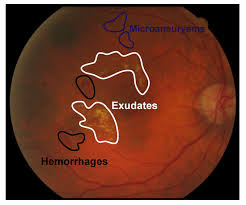

Vision alterations: Difficulty reading or seeing distant objects, or challenges in low-light conditions
Floaters: Dark spots or strings that seem to drift in your field of vision
Blurred sight: Blurry or double vision, or vision that often fluctuates
Eye discomfort or redness: Discomfort or pressure in one or both eyes
Should you notice any of these symptoms, it is advisable to contact your physician.
Immediate medical attention should be sought with Ophthalmologist -Eye specialist doctor ,or Physician (MD GENERAL MEDICINE) if you encounter- the things given below-Many people ask then why to read all this text -the reason is that it helps you to understand the pathology better ,you can cooperate with treatment better ,your treating physician or ophthalmologist is already busy with his patients and he does not have sufficient time to explain you all the things right from ABCD.
If Any Patient of ENT Requires Any Surgery, Opd Consultation Or Online Consultation In Clinic of ENT Specialist Doctor Dr. Sagar Rajkuwar ,He May Contact Him At The Following Address-
Prabha ENT Clinic, Plot no 345,Saigram Colony, Opposite Indoline Furniture Ambad Link Road ,Ambad ,1 km From Pathardi Phata Nashik ,422010 ,Maharashtra, India-Dr. Sagar Rajkuwar (MS-ENT), Cell No- 7387590194, 9892596635
Abrupt vision loss, Flashes of light, A significant increase in floaters, and A veil descending over your eyesight.
These signs may suggest a detached retina, which constitutes a medical emergency-and these are not included in Early signs of diabetic retinopathy but are late complications occuring in neglected and untreated cases.
A comprehensive, dilated eye examination is the most effective method for detecting diabetic retinopathy.
During this examination, your physician will administer drops to enlarge your pupils and inspect the rear of your eyes using a magnifying lens.
Symptoms of diabetic retinopathy-
progressively declining eyesight.
unexpected loss of vision.
objects drifting in your line of sight (floaters)
fuzzy or irregular vision.
ocular discomfort or inflammation.
trouble seeing in low light.
For Update On Further Important Health Related Topics And Frequently Asked Questions On Health Topics By General Population Please Click On The Link Given Below To Join Our WhatsApp Group –
https://chat.whatsapp.com/Lv3NbcguOBS5ow6X9DpMMA
Diabetic retinopathy is an issue that arises from diabetes, resulting from high blood sugar levels harming the back of the eye (retina). If not identified and treated, it has the potential to lead to blindness-so Early signs of diabetic retinopathy should be always borne in mind and should be considered as a warning signal.
Nevertheless, it generally takes multiple years for diabetic retinopathy to progress to a point that could jeopardize your vision.
To reduce the likelihood of this occurring, individuals with diabetes should:
make certain they manage their blood sugar levels, blood pressure, and cholesterol
participate in diabetic eye screening appointments – screening is available to all individuals with diabetes aged 12 and older to identify and address any issues early on
How diabetes can affect the eyes-
The retina is the layer of light-sensitive cells located at the back of the eye that transforms light into electrical signals.
These signals are transmitted to the brain, which interprets them as the images you see.
The retina requires a continuous flow of blood, which is supplied through a system of tiny blood vessels.
Over time, consistently high blood sugar levels can harm these blood vessels in three primary phases:
background retinopathy – small bulges form in the blood vessels, which may bleed slightly but typically do not impact your vision
pre-proliferative retinopathy – more serious and widespread alterations affect the blood vessels, resulting in more significant bleeding into the eye
proliferative retinopathy – scar tissue and new blood vessels that are fragile and tend to bleed easily form on the retina; this can lead to some vision loss
However, if an issue with your eyes is detected early- (Early signs of diabetic retinopathy)- lifestyle modifications and treatment can prevent it from worsening.
Am I at risk of diabetic retinopathy?
Anyone with type 1 diabetes or type 2 diabetes could potentially be at risk of developing diabetic retinopathy.
Your risk increases if you:
have had diabetes for an extended period
maintain a consistently high blood sugar (blood glucose) level
have elevated blood pressure
have high cholesterol
are pregnant
belong to an Asian or Afro-Caribbean ethnic background
By managing your blood sugar, blood pressure, and cholesterol levels, you can lower your risk of developing diabetic retinopathy.
Symptoms of diabetic retinopathy
You typically will not detect diabetic retinopathy in its initial stages,( Early signs of diabetic retinopathy) as it does not usually present any discernible symptoms until it is more advanced.
However, early indications of the condition( Early signs of diabetic retinopathy )can be discovered by photographing the eyes during diabetic eye screening.
Reach out to your Physician(MD GENERAL MEDICINE) or diabetes care team immediately if you experience:
gradually deteriorating vision
sudden loss of vision
shapes floating in your field of vision (floaters)
blurry or patchy vision
eye pain or redness
difficulty seeing in low light
These symptoms do not automatically indicate that you have diabetic retinopathy, but it’s crucial to have them evaluated.
Do not wait until your next screening appointment.
Diabetic eye screening
Everyone aged 12 years and above with diabetes is welcome for eye screening. The frequency of your invitations is determined by your last two screening results. If diabetic retinopathy was not detected in your last two tests, you will be invited every two years.
DISCLAIMER-Some patients go to net and directly take treatment from there which can lead to catastrophic consequences-Then- Many people ask then why to read all this text -the reason is that it helps you to understand the pathology better ,you can cooperate with treatment better ,your treating physician is already busy with his patients and he does not have sufficient time to explain you all the things right from ABCD ,so it is always better to have some knowledge of the disease /disorder you are suffering from.
Screening is provided because:
Diabetic retinopathy typically does not present symptoms during the early phases (Early signs of diabetic retinopathy)
the condition can lead to permanent blindness if not identified and treated swiftly .
Screening can reveal eye issues before they start impacting your vision
If issues are identified early, (Early signs of diabetic retinopathy) treatment may help avert or lessen vision impairment
The screening process includes assessing the back of the eyes and capturing photographs.
Based on your outcome, you could be recommended to attend more frequent appointments or talk about treatment alternatives with a specialist.
Minimize your risk of diabetic retinopathy-
You have the ability to lower your risk of developing diabetic retinopathy, or assist in preventing its progression, by:
managing your blood sugar, blood pressure, and cholesterol levels
taking your diabetes medications as directed
participating in all your screening appointments
seeking medical advice promptly if you observe any changes in your vision
maintaining a healthy weight, consuming a nutritious, balanced diet, exercising regularly, and quitting smoking
Read more about ways to prevent diabetic retinopathy-first you should be thoroughly aware of-Early signs of diabetic retinopathy
Managing diabetic retinopathy
Intervention for diabetic retinopathy is only required if screening reveals significant issues that jeopardize your vision.
If the condition has not progressed to this point, the aforementioned advice on diabetes management is suggested.
The primary treatments for more severe diabetic retinopathy are:
Laser therapy
Injections of medication into your eyes
A procedure to eliminate blood or scar tissue from your eyes
For information in great detail regarding Diabetes mellitus ,pl click on the link given below-It is always better to view links from laptop/desktop rather than mobile phone as they may not be seen from mobile phone. ,in case of technical difficulties you need to copy paste this link in google search. In case if you are viewing this blog from mobile phone you need to click on the three dots on the right upper corner of your mobile screen and ENABLE DESKTOP VERSION .
Microaneurysms, retinal hemorrhages, and hard exudates are frequently the first signs of diabetic retinopathy that can be seen in the retina. In the beginning, these changes may be minor and may not result in any obvious vision changes. Additional early symptoms can include soft exudates (cotton wool spots) and intraretinal microvascular abnormalities (IRMA).
Elaboration:
Microaneurysms
These are little, balloon-shaped bulges in the retinal blood arteries. They can be seen during a dilated eye examination and are frequently the initial sign of diabetic retinopathy.
Retinal Hemorrhages:
Small, dot-like retinal bleeding can also be an early indication. These may be found anywhere between the retinal layers, from the surface to the deepest regions.
Hard Exudates:
These are protein and lipid deposits that seep out of damaged blood arteries in the retina and manifest as distinct, yellowish patches.
Cotton Wool Spots (Soft Exudates):
These manifest as fluffy, white spots on the retina and are caused by infarctions in the nerve fiber layer. Compared to hard exudates, they are less prevalent in the early stages.
Intraretinal Microvascular Irregularities (IRMA):
These are aberrant, dilated capillaries in the retina that might be a sign of more severe early diabetic retinopathy.
Alterations to Vision:
Although there may not be any noticeable changes in vision in the early stages, some people may have blurry vision, variable vision, or trouble seeing at night.
It is important to remember that early identification and treatment are essential for preventing vision loss caused by diabetic retinopathy. People with diabetes should get regular dilated eye exams to look for these early changes, even before symptoms appear.
First Sign of Diabetic Retinopathy?
A common side effect of diabetes, particularly in those who have had the condition for a while, is diabetic retinopathy. Long intervals of elevated blood sugar cause harm to the retina, which is the blood vessel in the eye.
Over a third of all diabetics are affected by diabetic retinopathy. According to some studies, diabetic retinopathy affects up to 75% of individuals with type 1 diabetes and 50% of those with type 2 diabetes.
More than 80% of vision loss and blindness in diabetic patients is caused by diabetic retinopathy, which is a really severe complication. However, the signs and symptoms of diabetic retinopathy are not always simple to recognize.
If you’re having symptoms of this frequent complication of diabetes, this piece will help you understand the earliest warning sign of diabetic retinopathy and what you may do.
What are the initial indicators that you have diabetic retinopathy?
People may not experience any symptoms in the first stages of diabetic retinopathy. Usually, the damage to the blood vessels in the eye isn’t bad enough to affect your vision.
For this reason, regular visits to your eye doctor are essential. They can conduct a regular but thorough diabetic retinal screening, which is often advised on an annual basis.
Diabetic retinopathy might be missed in its early stages if even a few regular eye doctor visits are skipped because the eye can change so rapidly.
A summary of diabetic retinopathy.
Diabetic retinopathy is harm to the eye’s light-sensitive blood vessels.
You might have the following symptoms once they start:
- lack of clarity
- blacks in your sight
- trouble distinguishing colors
- eye floaters
Later-stage cases may necessitate surgery, injections, and laser therapy, whereas earlier and milder instances can be managed with better blood sugar levels.
Is diabetes-related retinopathy manifested by any other symptoms?
The progression of diabetic retinopathy is gradual. This indicates that the illness only gets worse if left untreated, and may even result in blindness.
New signs of ongoing changes to your vision may include things you didn’t see previously, such as:
- blurred vision
- having difficulty concentrating
- floaters
- black patches in the middle of your field of vision
- having trouble identifying colors
- places that are not visible
Does diabetic retinopathy disappear?
Diabetic retinopathy has no treatment. However, with specific lifestyle measures, you might be able to keep it from worsening if it’s discovered in its early stages.
You may, for instance,
- Check your blood glucose levels on a regular basis.
- eat a healthy, balanced diet
- Refrain from smoking or stop if you do.
- get some exercise frequently
- Maintain an A1C level of 7% or less.
Indeed, if your condition is in the early stages (mild or moderate non-proliferative diabetic retinopathy) and you are only experiencing mild symptoms, your symptoms may get better with lower blood sugar and A1C levels.
For this reason, even if you don’t experience any symptoms of diabetic retinopathy, you should still see your eye care professional at least once a year. The sooner you get a diagnosis, the better you can stop the illness from getting worse.
Is it possible to recover my eyesight from diabetic retinopathy?
Particularly if discovered in its early stages, there are strategies to halt and slow the course of diabetic retinopathy.
By doing the following, you can alleviate minor symptoms of diabetic retinopathy:
- maintaining normal blood sugar levels
- reducing your A1C
- consistently exercising
- consuming a healthy and well-balanced diet
But if your doctor identifies advanced diabetic retinopathy, you may need laser therapy or surgery to protect your eyesight.
Among these choices are the following:
- Photocoagulation, a laser treatment, restricts the formation of new blood vessels in the eye.
- The purpose of vitrectomy is to enhance vision by removing the vitreous gel from the eye.
- Anti-VEGF (vascular endothelial growth factor) is an eye injection medication that can help slow the irregular development of blood vessels in the retina. This injection can help reduce blood vessel size and protect eyesight.
- Steroid injections can be given into the eye to alleviate symptoms, but steroids might have an impact on your blood sugar levels.
Takeaway
Diabetic retinopathy is a prevalent consequence of diabetes, but its onset can be difficult to recognize.
Diabetes retinopathy’s first phase frequently manifests without any symptoms. Diabetic retinopathy can lead to blindness if left untreated, and symptoms can include blurry vision, black patches in your field of vision, trouble distinguishing colors, and blind areas.
Diabetic retinopathy may be detected and diagnosed by an eye specialist many years before symptoms appear. In addition to helping you manage this diabetes complication, they may also advise you on how to prevent it from getting worse.
If any patient has any ENT -Ear nose throat problems and requires any , consultation ,online consultation ,or surgery in clinic of ENT specialist Doctor Dr Sagar Rajkuwar ,he may TAKE APPOINTMENT BY CLICKING ON THE LINK GIVEN BELOW-
Clinic address of ENT SPECIALIST doctor Dr Sagar Rajkuwar-
Prabha ENT clinic, plot no 345,Saigram colony, opposite Indoline furniture Ambad link road ,Ambad ,1 km from Pathardi phata Nashik ,422010 ,Maharashtra, India-Dr Sagar Rajkuwar (MS-ENT), Cel no- 7387590194 , 9892596635

